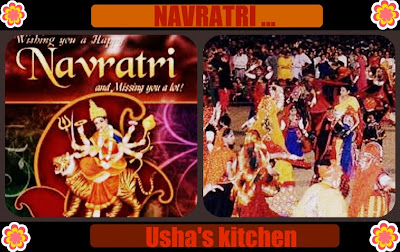Food historians tell us the history of ice cream begins with ancient flavored ices.
Ice cream formerly and properly ice-cream, derived from earlier iced cream is a frozen dessert, usually made from dairy products,
such as milk and cream, and often combined with fruits or other ingredients and flavors.
Most varieties contain sugar.
In the making of ice creams artificial flavourings and colourings are used in addition to, or instead of, the natural ingredients.
The meaning of the term "ice cream" varies from one country to another. Terms such as "frozen custard", "frozen yogurt", "sorbet", "gelato" and others are used.
The origins of ice cream can be traced back to at least the 4th century B.C. Early references include the Roman emperor.
Ancient civilizations have served ice for cold foods for thousands of years.
In the Persian Empire, people would pour grape-juice concentrate over snow, in a bowl, and eat this as a treat.
In 400 BC, the Persians went further and invented a special chilled food, made of rose water and vermicelli, which was served to royalty during summers.
The Roman Emperor Nero had ice brought from the mountains and combined with fruit toppings.
Arabs were perhaps the first to use milk as a major ingredient in the production of ice cream.
They sweetened it with sugar rather than fruit juices. As early as the 10th century, ice cream was widespread amongst many of the Arab world's major cities, such as Baghdad, Damascus and Cairo.
It was produced from milk or cream, often with some yoghurt, and was flavored with rosewater, dried fruits and nuts.
When Marco Polo visited China and took the technique of making ice cream to Italy.
Did You Know that when Marco Polo learned of the Chinese method of creating ice and milk mixtures and brought it back to Europe.
The Chinese may be credited with inventing a device to make sorbets and ice cream.
In the sixteenth century, the Mughal emperors used relays of horsemen to bring ice from the Hindu Kush to Delhi, where it was used in fruit sorbets.
There is no historical evidence to support these legends, which first appeared as early as the 19th century. The first recipe in French for flavored ices appears in 1674.
But ' True ice cream ' Ice cream recipes first appear in 18th century England and America.
Ice cream was introduced to the United States by Quaker.
The first ice cream parlor in America opened
in New York City in 1776.
The invention of the ice cream soda gave Americans a new treat, adding to ice cream's popularity. This cold treat was probably invented by Robert Green in 1874.
The ice cream sundae originated in the late
19th century.
Both the ice cream cone and banana split became popular in the early 20th century.
Europeans were eating cones long before 1904.
The history of ice cream in the 20th century is one of great change and increases in availability and popularity. Ice cream is often called "The Great American Dessert".
One important development in the 20th century was the introduction of soft ice cream.
Ice cream was made by hand in a large bowl placed inside a tub filled with ice and salt.
This was called the pot-freezer method.
The hand-cranked churn, which also uses ice and salt for cooling, replaced the pot-freezer method.
Before the development of modern refrigeration, ice cream was a luxury reserved for special occasions.
Years ago people ate ice cream only in the summer. Now it is eaten all the year round.
Ice cream has a way of invoking nostalgia over childhood memories and a general sense of comfort and happiness.
" ALL LOVE ICE CREAMS " it's distinctive different flavors with the richness of milk.

















